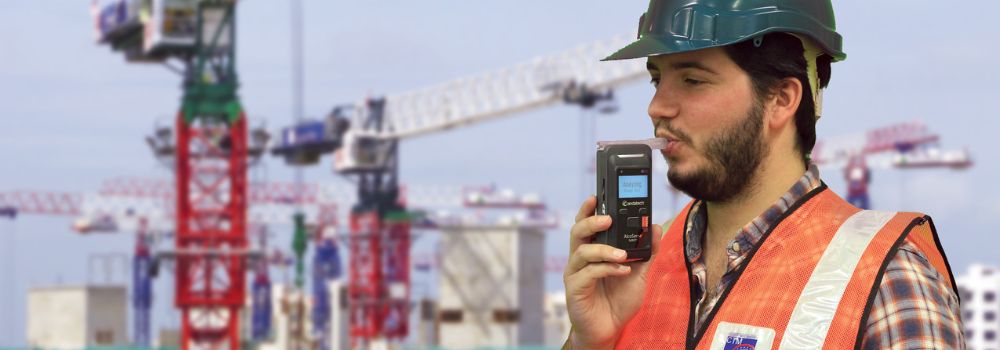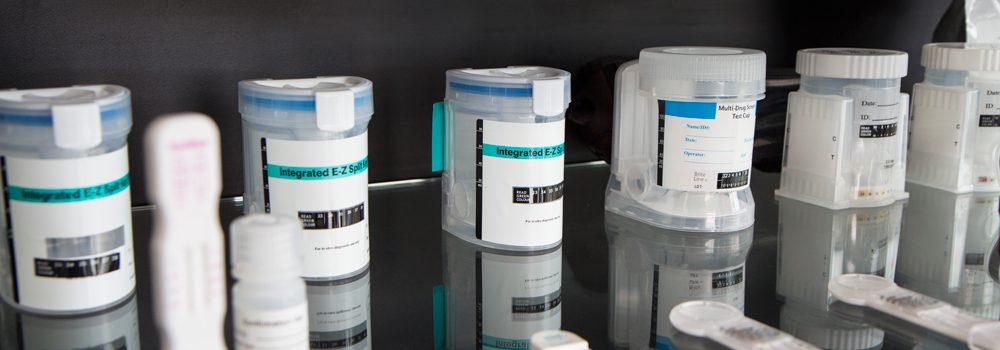The term “magic mushrooms” has taken on a dangerous new meaning in Malaysia. While traditionally referring to psilocybin mushrooms—a naturally occurring psychedelic—recent cases reported by the National Anti-Drug Agency (Nada) reveal a disturbing twist.
Tests on vape liquids marketed as “magic mushroom” products show that many actually contain synthetic cannabis, not psilocybin. In some cases, it could even be a mix of both—or neither.
This uncertainty creates a dangerous situation, especially for youth and young adults who may not know what they’re consuming.
What are these substances, really?
In January 2025, NADA announced that out of 50 samples from self-identified “magic mushroom” users, none contained actual psilocybin.
Instead, they were found to include synthetic cannabinoids, a class of highly potent and unpredictable drugs often referred to as K2 or Spice. Despite this, the slang term continues to be widely used—masking the real chemical contents.
The result: a marketplace where users are inhaling powerful psychoactive substances with no understanding of what they’re putting into their bodies.
Psilocybin vs. synthetic cannabis: Key differences and effects
To understand the risks, it’s crucial to break down the differences between psilocybin and synthetic cannabis.
Psilocybin (actual ‘magic mushrooms’):
- Source: Natural (found in certain fungi)
- Onset: 20–40 minutes (when ingested)
- Duration: 4–6 hours
- Effects: Hallucinations, altered perception of time, enhanced emotions, confusion, nausea, paranoia in some cases
- Risks: Panic attacks, overwhelming trips, impaired motor control, dangerous when used before driving or working
Synthetic cannabis (K2, Spice):
- Source: Synthetic chemicals sprayed onto plant material or mixed into liquids
- Onset: Immediate to 15 minutes
- Duration: Varies, often intense for 1–2 hours
- Effects: Hallucinations, agitation, confusion, paranoia, seizures, vomiting, elevated heart rate
- Risks: Psychosis, aggression, blackouts, potential for overdose, high risk of accidents
The scariest part? You often don’t know which one you’re taking—or if it’s a new, unregulated substance altogether.
Why this trend is worrying for Malaysian youth
These substances are increasingly tied to youth and party culture. Vape liquids sold under names like “magic mushrooms” can be found in social settings like:
- Raves and club events
- University dorms and hostels
- Private house parties
Young people are drawn in by curiosity, peer pressure, and misleading branding. The term magic mushroom sounds harmless, even natural. But the contents are anything but.
Risky business: Safety, work, and driving concerns
From a workplace or road safety standpoint, the effects of these substances pose serious risks:
- Impaired judgement and delayed reaction time
- Sudden mood swings, paranoia, or aggression
- Poor coordination, confusion, and increased accident risk
In industries like logistics, manufacturing, and construction, where precision and focus are critical, these impairments could be fatal.
Synthetic cannabis in particular is dangerous because:
- It is more potent than natural cannabis
- Its effects are less predictable
- It is harder to detect with standard drug testing kits
Don’t rely on the label
The term “magic mushrooms” is being used recklessly to promote substances that could be psilocybin, synthetic cannabis, or something else entirely. The real issue here is unpredictability. Without proper regulation or oversight, young people are gambling with their health and lives.
Drug testing kits can offer some protection, but most standard tests are not designed to detect psilocybin or many synthetic cannabinoids. This makes it harder for schools, employers, and safety officers to know who may be under the influence.
For this reason, wellbeing checks, education programs, and open communication are more important than ever. Prevention starts with awareness—and that includes staying ahead of emerging drug trends and keeping watch over vulnerable individuals.
LEARN MORE: How to implement drug and alcohol testing in Malaysia
Disclaimer: The information provided in this article is for general reference only. Please seek advice from professionals according to your business’s needs.
Written by Andatech Malaysia









